The world of snakes is filled with fascinating paradoxes, and perhaps none is more counterintuitive than the fact that juvenile snakes can often pose greater danger to humans than their fully-grown counterparts. While we instinctively fear larger adult snakes, herpetologists and medical professionals have long recognized that encounters with baby snakes deserve equal or greater caution. This surprising reality stems from a complex interplay of behavioral, physiological, and venom-related factors that make these small serpents particularly hazardous despite their diminutive size. In this article, we’ll explore the science behind why baby snakes can sometimes be more dangerous than adults, challenging common assumptions about snake safety.
The Venom Control Hypothesis

One of the most significant reasons baby snakes can be more dangerous involves their inability to precisely control venom output during a defensive bite. Adult venomous snakes have developed sophisticated control over their venom glands, allowing them to deliver “dry bites” without venom or regulate the amount of venom injected based on the perceived threat. Young snakes, however, lack this refined control mechanism and often deliver a full venom load with each bite, essentially deploying their entire defensive arsenal at once.
This phenomenon, sometimes called “venom metering,” develops with maturity and experience, making juvenile snakes more likely to deliver maximum venom in what herpetologists refer to as “all or nothing” bites. Studies with certain pit viper species have demonstrated that while adults delivered no venom in approximately 20% of defensive strikes, juveniles almost always injected venom.
More Potent Venom Composition

Contrary to popular belief, research has shown that the venom composition of baby snakes can differ significantly from that of adults of the same species, often with more toxic properties. For instance, juvenile rattlesnakes typically possess a venom rich in neurotoxins that affect the nervous system, while adults develop more hemotoxic venom that destroys tissue and blood cells.
This evolutionary adaptation helps young snakes quickly immobilize small prey like rodents, which constitute their primary food source. The neurotoxin-heavy venom of juveniles can cause more rapid systemic effects in humans, potentially leading to faster respiratory distress or paralysis compared to the tissue damage from adult venom. A comparative study of Eastern Diamondback Rattlesnake venom found that juvenile venom caused more severe neurological symptoms in laboratory models than adult venom from the same population.
Heightened Defensive Responses

Baby snakes typically exhibit more aggressive defensive behaviors than adults due to their vulnerability and inexperience in the wild. Without the intimidating size of mature snakes, juveniles compensate with heightened defensive reactions, including more frequent striking and a lower threshold for feeling threatened. Adult snakes have learned which situations truly require defensive action and often prefer escape over confrontation.
Young snakes, lacking this experiential knowledge, err on the side of caution by striking more readily when they detect potential threats. Behavioral studies have documented that juvenile rattlesnakes strike approximately 30% more frequently than adults when presented with the same stimuli, making encounters with humans more likely to result in bites.
The Size Deception Factor

The small size of baby snakes creates a dangerous paradox where humans are more likely to underestimate the threat or even misidentify the species entirely. Their diminutive appearance often leads people to approach them more carelessly or attempt handling, increasing bite risk substantially. Additionally, juvenile venomous snakes can be more difficult to distinguish from non-venomous species because their distinctive markings and patterns may not be fully developed or may appear different from adults of the same species.
This misidentification risk is particularly pronounced with species like copperheads, whose young display bright yellow or green tail tips that fade with maturity. Documented case studies reveal that a significant percentage of snake bites occur when victims fail to recognize juvenile venomous snakes due to their small size or atypical coloration.
Challenging Medical Treatment

Bites from baby venomous snakes present unique challenges for medical treatment that can increase their danger relative to adult snake bites. The different venom composition in juveniles may respond differently to standard antivenoms, which are typically produced using adult snake venom. This mismatch can reduce treatment efficacy in critical situations where every minute counts.
Additionally, the smaller fang marks from juvenile snakes are easily dismissed as insignificant or misattributed to other causes, potentially delaying crucial medical intervention. Medical literature has documented cases where patients delayed seeking treatment for juvenile snake bites because the wounds appeared minor, leading to more severe outcomes than comparable adult snake envenomations.
Seasonal Risk Factors

The birth seasons for many venomous snake species create periods of elevated risk when numerous inexperienced juveniles enter the environment simultaneously. In North America, late summer and early fall mark the birth period for most pit vipers, resulting in a seasonal surge of juvenile snakes discovering their surroundings. These birth pulses can dramatically increase human-snake encounters in certain regions, particularly as young snakes disperse from birthing sites.
Research tracking snake populations has shown that human encounters with juvenile venomous snakes increase by up to 40% during these seasonal periods in some regions. Understanding these temporal patterns can help people take additional precautions during high-risk seasons when newly born venomous snakes are abundant.
Prey-Specific Venom Adaptations

Evolutionary biology offers insights into why baby snake venom often contains more potent neurotoxins compared to their adult counterparts. Young snakes primarily hunt small mammals like mice, which can easily escape if not quickly immobilized, creating evolutionary pressure for fast-acting venom. As snakes mature and begin targeting larger prey, their venom composition gradually shifts toward components that help with prey digestion and prevent escape of larger animals.
This ontogenetic shift in venom composition is well-documented in species like the Tiger Rattlesnake, whose juveniles produce venom with significantly higher concentrations of Mojave toxin, a powerful neurotoxin. The human nervous system shares enough similarities with small mammals that these specialized neurotoxins can produce severe systemic effects in people bitten by juvenile snakes.
Hidden Habitat Preferences

Baby snakes often select microhabitats that increase the likelihood of unexpected human encounters, contributing to their danger. Unlike adults that may establish defined territories in less disturbed areas, juveniles frequently seek dense ground cover, rock piles, wood stacks, and other structures that provide protection from predators but also happen to be areas where humans frequently place their hands or feet.
Their preference for these protective microhabitats stems from their vulnerability to predation from birds, larger snakes, and mammals. Juvenile rattlesnakes have been documented using leaf litter and debris piles at twice the rate of adults, areas commonly disturbed during yard work and outdoor activities. This habitat overlap significantly increases the chances of accidental encounters that result in defensive bites.
The Anatomical Challenge of Small Fangs

While it might seem counterintuitive, the smaller fangs of juvenile venomous snakes can sometimes lead to more dangerous envenomations in humans. Adult snakes with longer fangs may deliver venom more superficially into fat or muscle tissue, whereas the needle-like precision of baby snake fangs can more readily access blood vessels and deliver venom directly into the circulatory system. This vascular injection route allows toxins to spread more rapidly throughout the body, potentially accelerating the onset of systemic symptoms.
Additionally, the small puncture wounds from juvenile snakes close more quickly after envenomation, potentially trapping venom in the tissue and preventing some natural expulsion that might occur with larger fang marks. Medical case studies have noted that the severity of envenomation does not correlate with fang size, with some of the most severe cases resulting from bites by juvenile specimens.
Misconceptions and Folklore

Dangerous folklore surrounding baby snakes has persisted across cultures, sometimes containing kernels of truth alongside exaggerations that can impact human behavior around these animals. The widespread belief that “baby snakes can’t control their venom” has a scientific basis as discussed earlier, but other myths like “baby snakes are more aggressive than adults” oversimplify their defensive rather than aggressive nature.
Perhaps most dangerous is the persistent but completely false belief that baby venomous snakes aren’t dangerous until they’ve had their first meal or reached a certain age. These misconceptions can lead to risky behaviors around juvenile snakes, with people attempting to handle or kill them without appropriate caution. Documented cases show individuals sustaining serious envenomations after handling baby rattlesnakes they incorrectly believed couldn’t deliver dangerous bites.
Geographic Variability in Risk

The relative danger posed by juvenile venomous snakes varies significantly based on geographic location and species distribution. Regions with highly toxic species that undergo pronounced ontogenetic venom shifts, such as the American Southwest with its diversity of rattlesnake species, present heightened risk from juvenile specimens. Conversely, in areas dominated by species whose venom composition remains relatively consistent throughout life, like many elapid snakes, the age-related danger differential may be less pronounced.
The Australian Eastern Brown Snake, for example, produces highly toxic venom even as juveniles, but doesn’t demonstrate the dramatic composition changes seen in many vipers. Understanding these regional variations helps inform appropriate precautionary measures and medical protocols specific to local snake populations.
Prevention and Safety Measures

Preventing encounters with juvenile venomous snakes requires specific awareness and precautions that differ somewhat from general snake safety. When working in potential snake habitat during birth seasons, wearing thick gloves and using tools rather than hands when moving debris, rocks, or wood piles can significantly reduce bite risk from hidden juvenile snakes. Teaching children to recognize even small snakes as potential threats and to maintain safe distances is particularly important, as children are more likely to approach small snakes out of curiosity.
When hiking in snake country, closed-toe shoes and ankle-high boots provide crucial protection against the smaller fangs of juvenile specimens that might otherwise penetrate thin footwear. Specialized snake gaiters and boots, while designed primarily with adult snakes in mind, still offer effective protection against the smaller fangs of juveniles.
Conclusion

The counterintuitive reality that baby snakes can pose greater dangers than adults highlights the complex interplay of evolution, behavior, and physiology in these remarkable reptiles. While their small size might suggest reduced risk, the combination of potent venom compositions, lack of venom control, defensive behaviors, and the human tendency to underestimate their threat creates a perfect storm of increased hazard.
This understanding doesn’t mean we should fear these animals—rather, it reminds us that respect for wildlife should be based on knowledge rather than assumptions about size or appearance. By appreciating the unique risks posed by juvenile venomous snakes and taking appropriate precautions, we can coexist safely with these fascinating creatures while minimizing negative interactions that harm both humans and snakes alike.



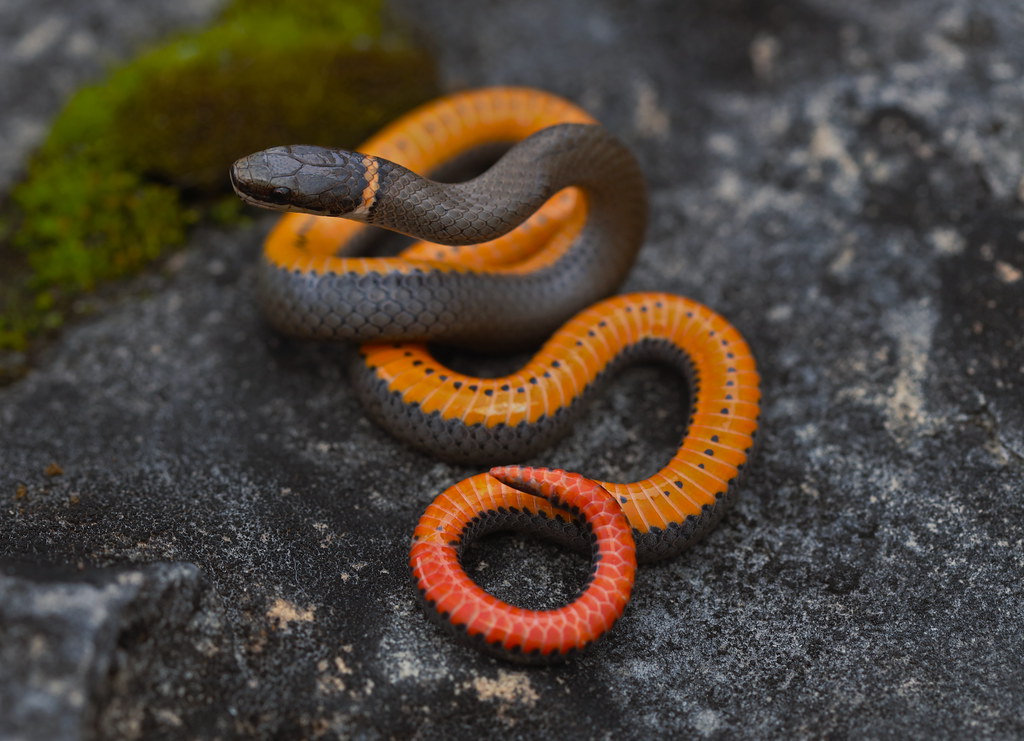
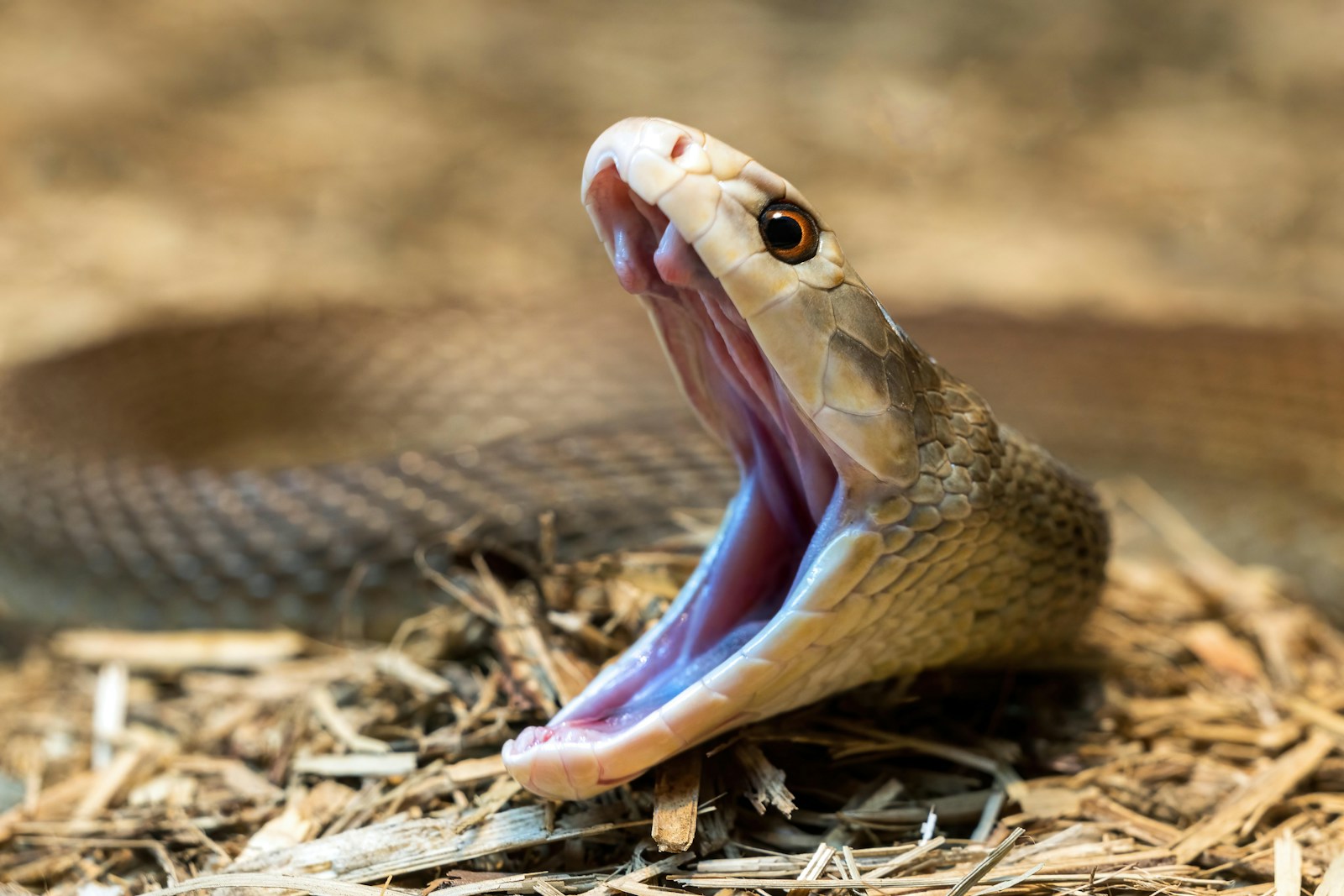
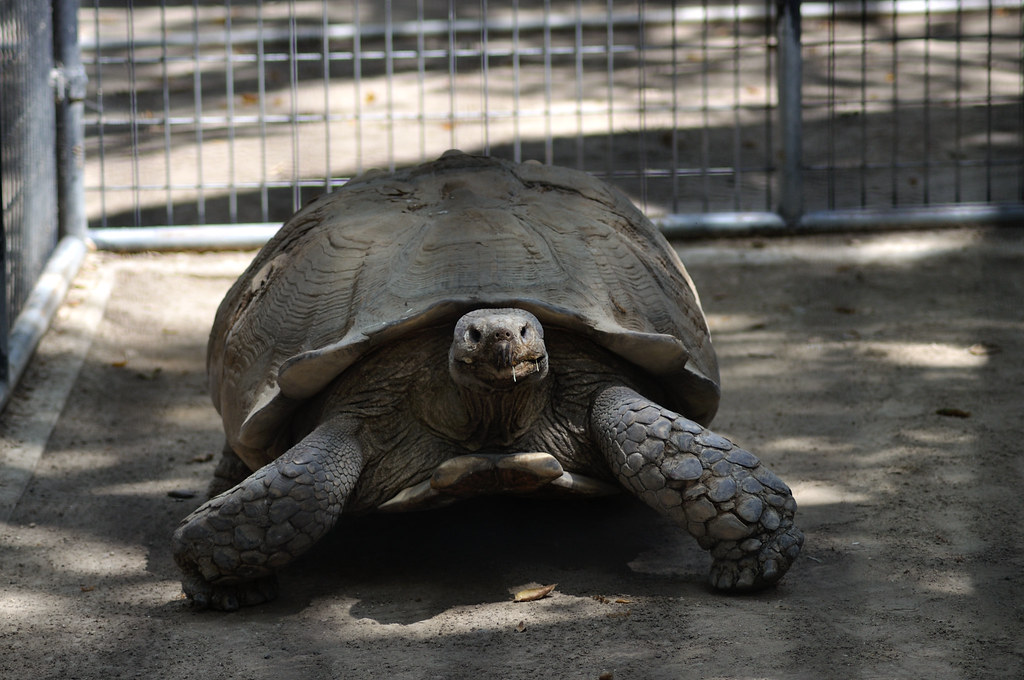
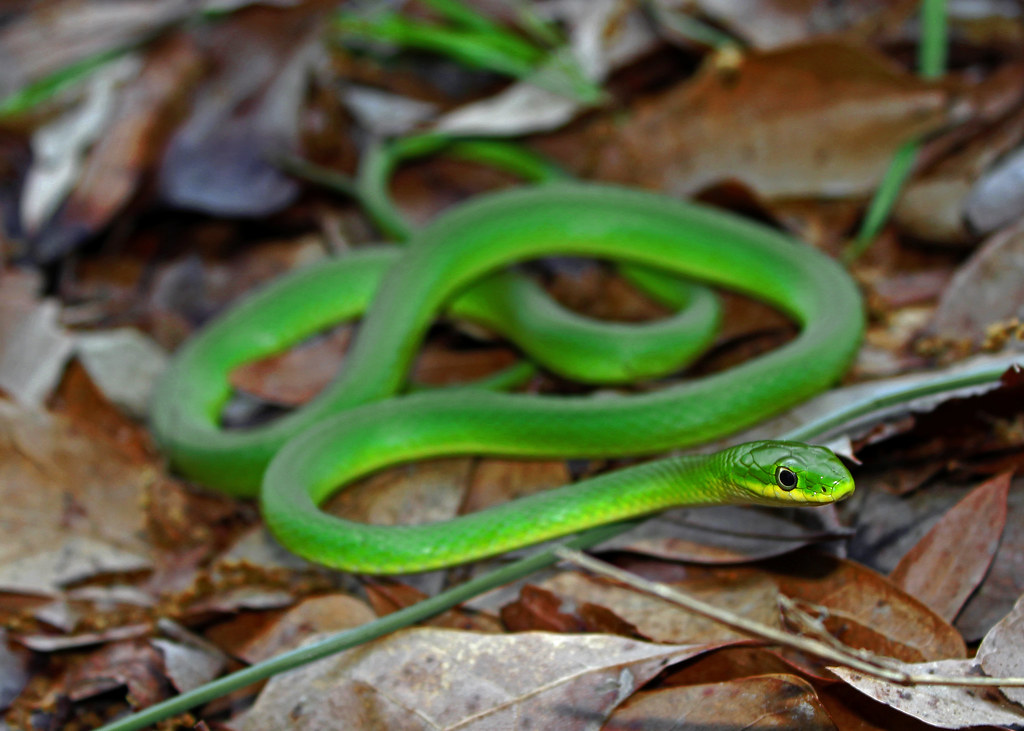
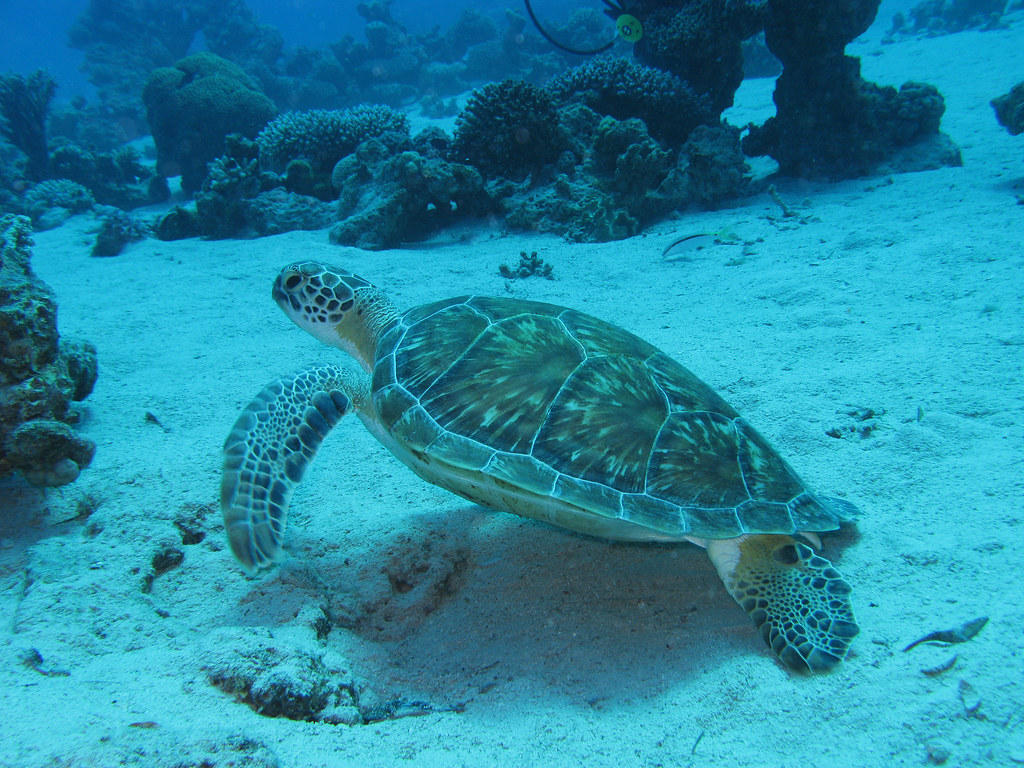
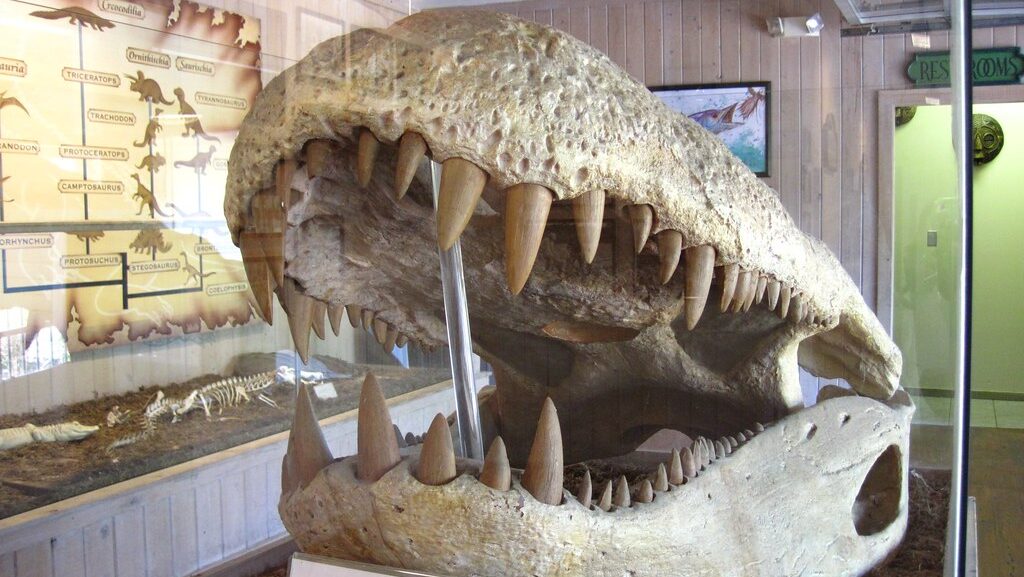
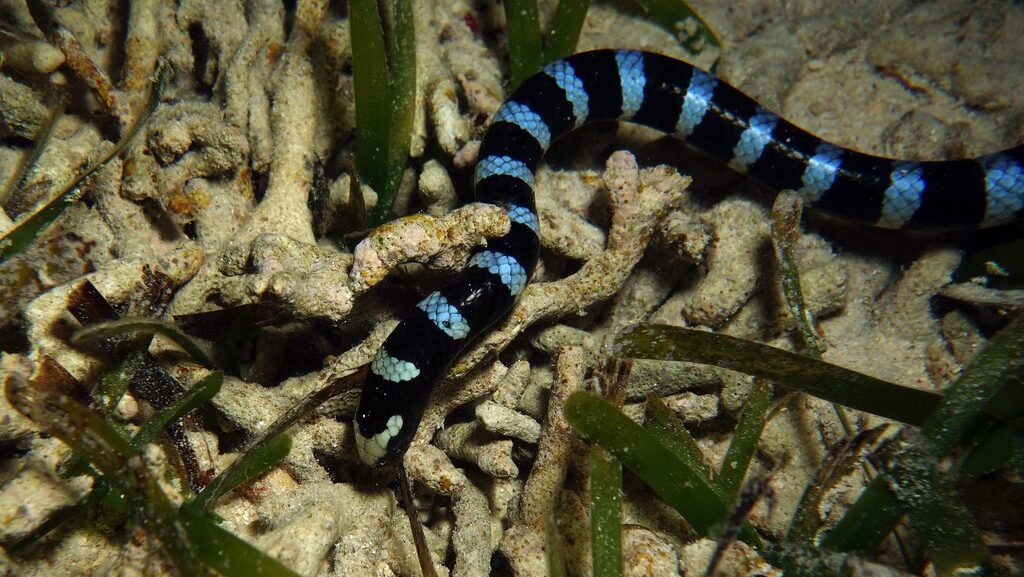
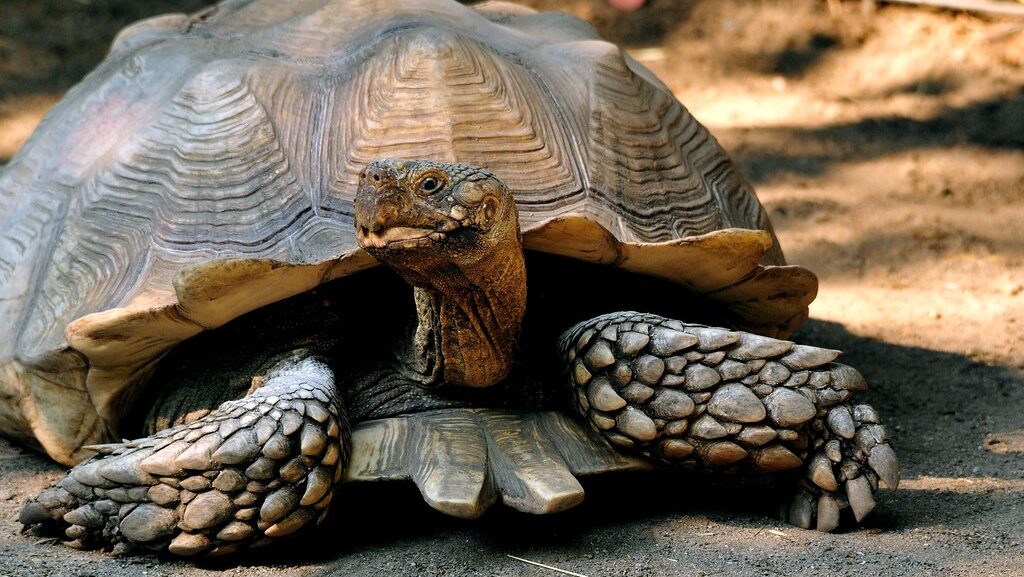
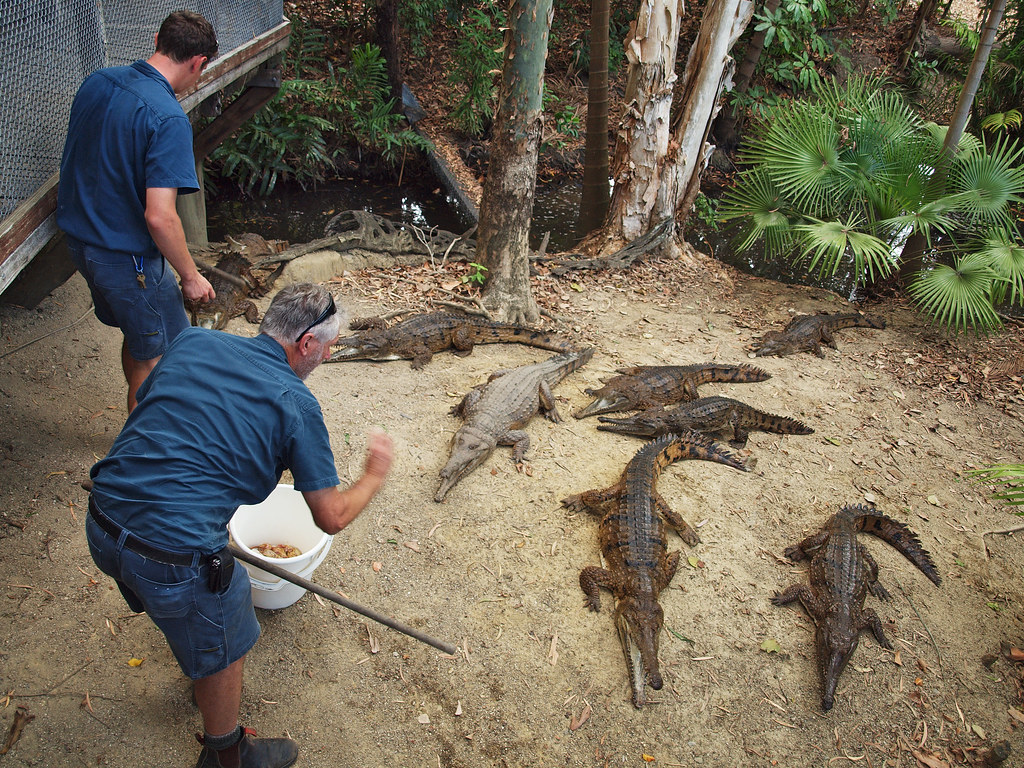



Leave a Reply